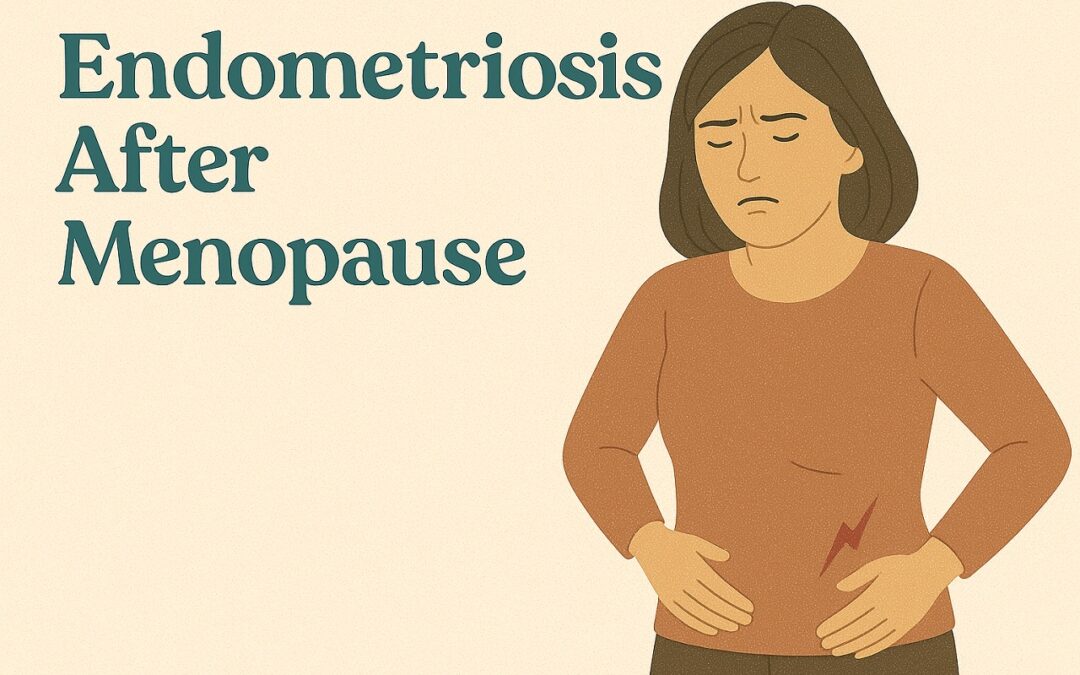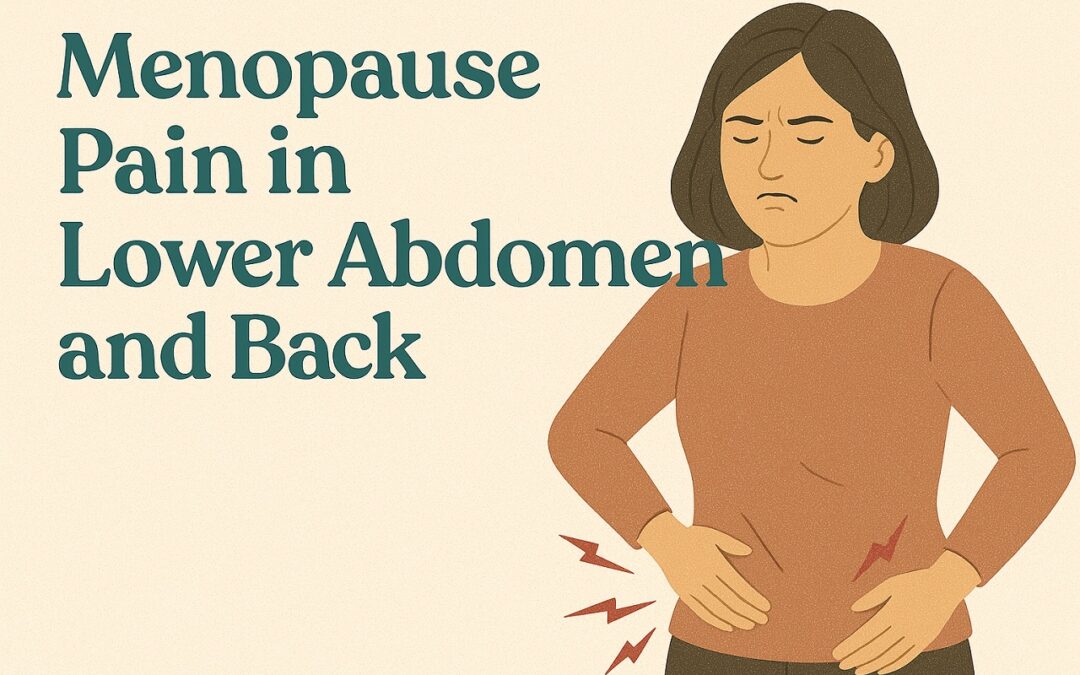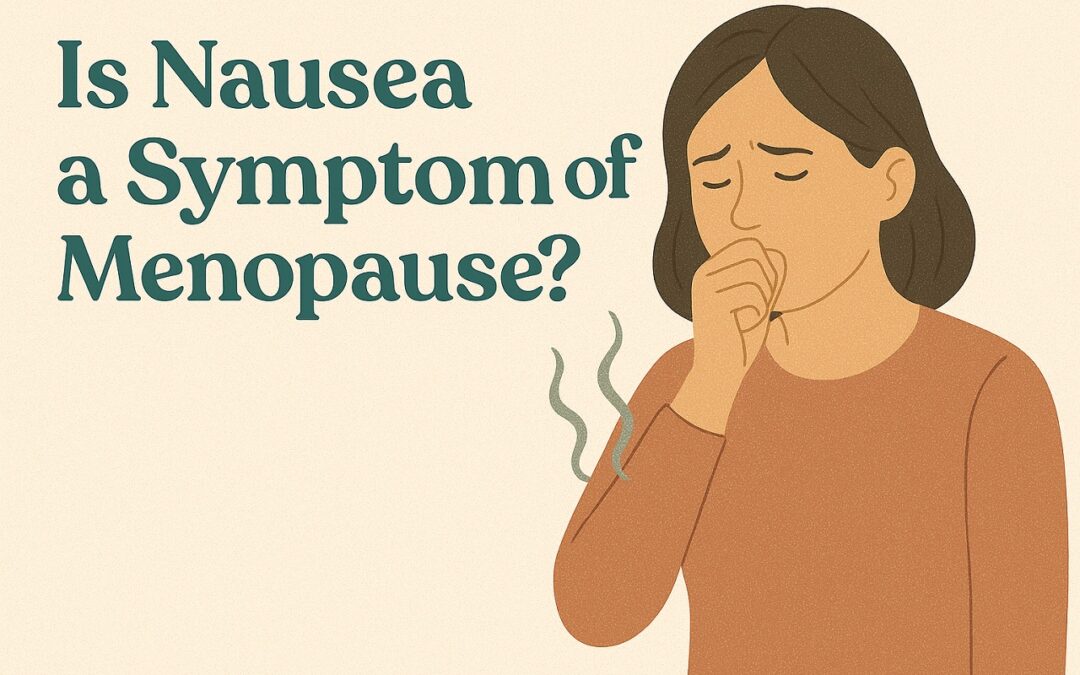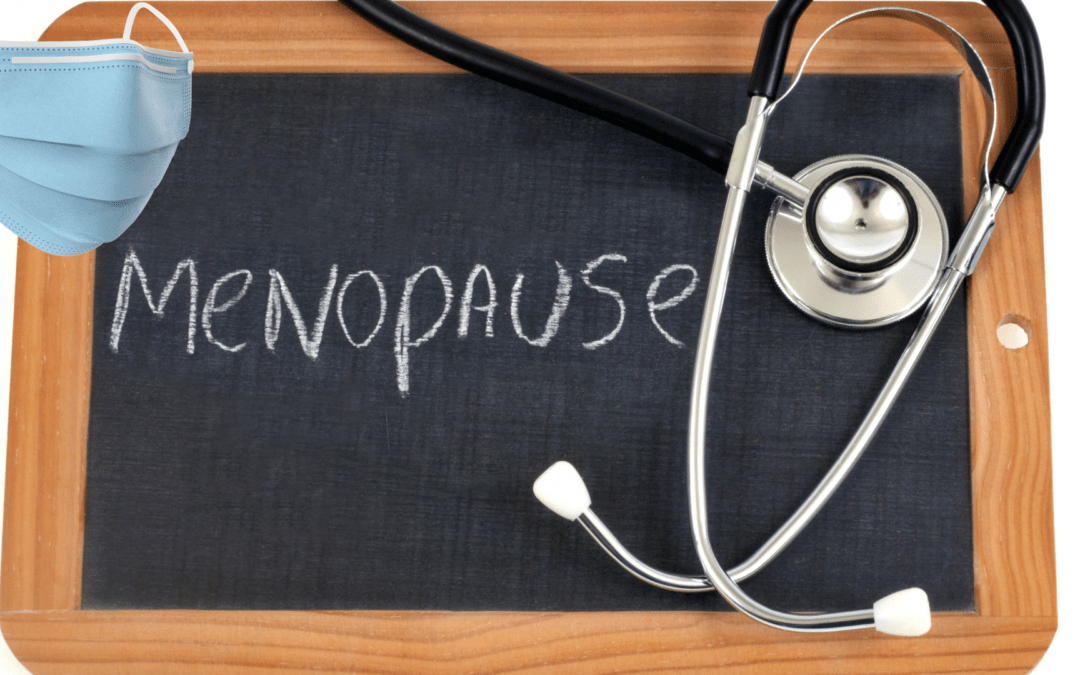


Can You Experience Endometriosis Symptoms After Menopause?
Endometriosis is typically viewed as a reproductive-age condition. But what happens after menopause? Can the symptoms continue, or even begin for the first time? The answer is yes. Endometriosis symptoms can persist after menopause, and in some cases, they may develop...
Pain in Lower Abdomen and Back During Menopause: Causes and Treatment
Menopause is a major hormonal shift that can cause a wide range of physical symptoms. Among the more frustrating are persistent pains in the lower abdomen and back. While many are aware of hot flashes and mood swings, these pain symptoms are often less discussed, yet...
Is Nausea a Symptom of Menopause? Causes and Treatment Options
Nausea is not usually the first symptom that comes to mind when discussing menopause, yet many women report it during the transition. While not as common as hot flashes or sleep issues, nausea can be a direct or indirect result of the hormonal shifts that define...
What is Surgical Menopause?
Understanding Hysterectomy and Oophorectomy Effects Roughly 1 in 3 women in the U.S. will have a hysterectomy by age 60, and many will also have their ovaries removed. When that happens, menopause begins immediately—often before age 45. This is called surgical...
